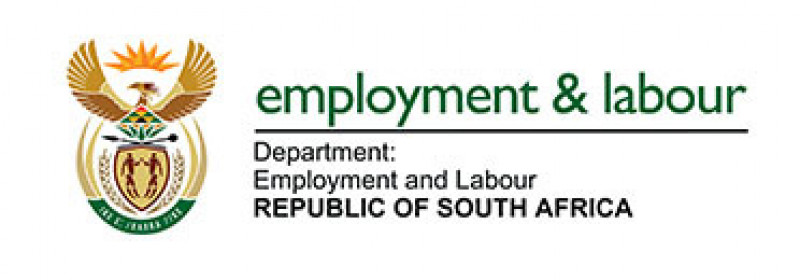CATEGORIES
- (3) Negotiating Tax Debt and Payment Arrangements with SARS
- (2)Account / Profile
- (541)Accounting
- (2)Accounting and Finance
- (23)Audit
- (156)Auditing and Assurance
- (1)Business
- (1)Business Management
- (3)Business Rescue
- (97)CIPC
- (7)Compliance
- (18)Ethics and Professionalism
- (46)Financial Reporting
- (1)Government Funding Applications
- (4)Guides
- (1)Individuals Tax
- (22)Law
- (37)Legal and Compliance
- (2)Management
- (5)Miscellaneous
- (25)Money Laundering
- (1)Personal & Professional Development
- (2)Practice Management
- (2)Professional Ethics
- (3)Public Sector
- (145)Regulatory Compliance and Legislation
- (41)SARS Issues
- (27)Sustainability Reporting
- (33)Tax
- (1)Tax Update
- (6)Technology
- (1)Wills, Estates & Trusts
- Show All
OHS Guide: Heat Stress and Ultraviolet Radiation – What every Employer & Employee should know
- 19 November 2024
- Regulatory Compliance and Legislation
- South African Accounting Academy

Summary:
The Department of Employment and Labour has published a new Occupational Health & Safety (OHS) guide on what every Employer & Employee should know about Heat Stress and Ultraviolet Radiation (UVR).
Article:
The purpose of the document is to provide employers and employees with information on how to identify and control exposure to heat stress and ultraviolet radiation (UVR).
Section 8 of the Occupational Health and Safety (OHS) Act, Act 85 of 1993, requires an employer to provide and maintain a workplace that is safe and without risk to the health of his or her employees. When taking the environment or workplace conditions into consideration, it is not only the normal conditions which must be taken into consideration. The assessment should also consider the impact of potential heatwaves.
Section 14 of the OHS Act imposes duties on an employee while they are at work. These duties include:
- looking after their health and safety as well as their colleagues;
- cooperate with the employer in performing their duties;
- carry out any lawful instruction given to them;
- obey health and safety rules;
- report unsafe or unhealthy situations or incidents
Employees should also get involved in health and safety issues effecting themselves and their workplace.
Contents:
- Purpose
- What is Heat stress?
- What is Ultraviolet Radiation?
- What are some of the sources of Heat and UVR?
- Who is at risk of exposure?
- Effects of exposure
- What should the Employer do to protect their employees from exposure to Heat and UVR?
- Diagram 1: Risk Assessment process
- Diagram 2: Quantification of Exposure process
- Precautionary measures to be taken by the Employer
- Diagram 3: Hierarchy of Controls
- What should the Employer do to protect their Employees from exposure to Heat and UVR?
- Annexure 1: First Aid Fact Sheet
- Annexure 2: Risk Management Checklist
- Resources and Additional reading
Click here to download the 23-page Guide:
Relevance to Auditors, Independent Reviewers & Accountants:
- The OHS Act is yet another piece of legislation that your clients must comply with, and which you must assess compliance with. If they don’t comply with the relevant laws and regulations, you have certain reporting obligations in terms of NOCLAR (NOn-Compliance with Laws And Regulations) – this could include reporting to management, qualifying your audit opinion, reporting a Reportable Irregularity, etc.
- As a practitioner and a employer, you should be aware of the latest guidance issued by the DoEL.
- As an employer, you also need to comply with OHS in your own workplace.
Relevance to Your Clients:
- As a practitioner and a employer, your clients should be aware of the latest guidance issued by the DoEL.
- Employers and employees, and all other roleplayers should comply with and understand the importance of OHS in the workplace, incorporating their rights, obligations and responsibilities – especially with regards to the latest phenomenon of heat stress and ultraviolet radiation.






